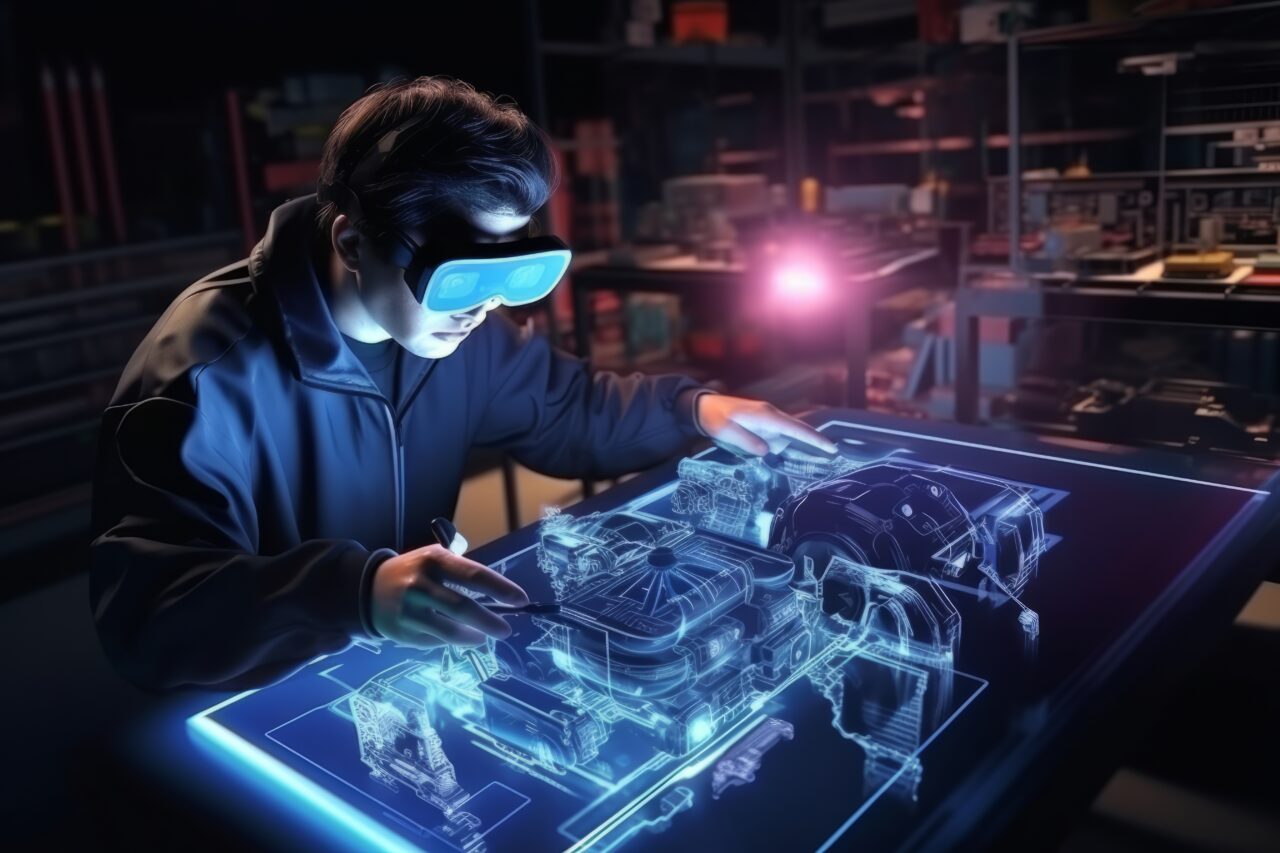The manufacturing sector is undergoing a revolutionary shift known as Industry 4.0, powered by the digital transformation of traditional production environments. By integrating advanced technologies such as IoT (Internet of Things), AI (Artificial Intelligence), cloud computing, robotics, and data analytics, manufacturers are reimagining their operations to become more agile, efficient, and responsive to market demands.
But digital transformation doesn’t happen overnight. It’s a progressive journey that typically unfolds in four key stages. Understanding these stages can help manufacturers assess where they stand and plan strategically for a full-scale Industry 4.0 adoption.
Stage 1: Digitization of Operations (Connected Devices & Systems)
The first step in the Industry 4.0 journey is the digitization of analog processes. Traditional machines and systems are often siloed and manually operated, leading to inefficiencies and limited real-time visibility.
At this stage, companies begin integrating connected devices and sensors across their production lines. These devices collect data from machinery, raw materials, and human interactions, converting it into digital formats that can be analyzed.
Key technologies introduced:
- IoT sensors for machine monitoring
- Cloud-based platforms for data storage
- MES (Manufacturing Execution Systems) for real-time shop-floor visibility
Business outcomes:
- Reduced downtime due to predictive maintenance
- Improved tracking of production metrics
- Enhanced equipment utilization and asset health monitoring
While this phase introduces basic connectivity, true intelligence and decision-making still rely heavily on human operators.
Stage 2: Data-Driven Insights (Automation & Analytics)
Once data is being collected reliably, manufacturers move to the second stage: transforming raw data into actionable insights. This involves integrating automation and analytics platforms that allow machines to assist or even take over certain decision-making processes.
Data analytics, often powered by AI and ML (machine learning), help identify patterns, inefficiencies, and potential improvements in the production line. SCADA systems, ERP integration, and robotic process automation (RPA) start to play a central role.
Key technologies introduced:
- AI-powered dashboards for real-time decision support
- Digital twins for process simulations
- Automated quality inspection through computer vision
Business outcomes:
- Better forecasting and inventory management
- Early detection of quality issues
- Reduced human error in operations
This phase marks a shift from reactive to proactive manufacturing, where data-driven decisions start improving speed and consistency.
Stage 3: Integrated Ecosystems (Interoperability & Supply Chain Connectivity)
The third stage is characterized by horizontal and vertical integration. Internal departments-such as design, production, quality, and logistics-become digitally connected. Moreover, external stakeholders, including suppliers and customers, are linked through digital platforms.
Here, companies build smart ecosystems where data flows seamlessly across the value chain, enabling synchronized planning, faster response to demand changes, and transparent supply chain operations.
Key technologies introduced:
- Edge computing for real-time data processing
- Advanced ERP systems integrated with supplier portals
- Blockchain for transparent, secure supply chain tracking
Business outcomes:
- Reduced lead times and inventory costs
- End-to-end visibility and control
- Agile supply chain coordination
This phase often includes smart factories, where the entire production ecosystem becomes interconnected and adaptive to external and internal stimuli.
Stage 4: Autonomous Manufacturing (AI-Driven & Self-Optimizing Systems)
At the pinnacle of Industry 4.0 maturity is autonomous manufacturing. Here, production systems operate with minimal human intervention. Machines communicate with each other (M2M), self-optimize performance, and even make decisions based on real-time conditions.
In this stage, AI is deeply embedded in operations-from predictive quality control to self-healing supply chains. Robotics work side-by-side with human workers (cobots), and organizations operate in a state of continuous improvement through real-time learning and adaptation.
Key technologies introduced:
- AI-based decision engines
- Autonomous mobile robots (AMRs)
- Cyber-physical systems for self-regulation and real-time feedback loops
Business outcomes:
- Maximum productivity with minimal downtime
- Mass customization and flexible manufacturing
- Highly responsive, adaptive production cycles
Although few companies are fully autonomous today, global leaders are investing heavily to reach this stage.
Conclusion: A Strategic Roadmap to Industry 4.0
Digital transformation in manufacturing is not a one-size-fits-all process. Each company must assess its own maturity level, infrastructure readiness, and workforce capabilities to build a custom roadmap. The shift from traditional manufacturing to fully autonomous systems demand not just technology investment, but also a cultural and organizational shift.
The four stages-Digitization, Data-Driven Insights, Integrated Ecosystems, and Autonomous Operations-form the strategic backbone of Industry 4.0 adoption. By progressing through these stages, manufacturers can unlock new levels of efficiency, agility, innovation, and ultimately, competitive advantage in the digital age.

